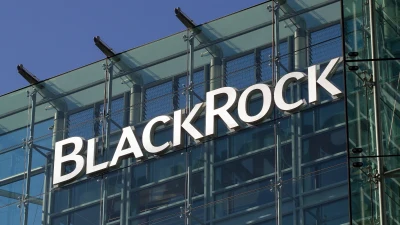AUI positive on commercial property
Rental rates and values in commercial properties are tipped for strong growth on the back of huge demand for office space in the Sydney and Melbourne central business districts (CBDs).
Australian Unity Investment head of property Martin Hession said there was likely to be $22 billion of capital chasing Australian commercial property assets in Australia in 2011, compared to just $12.7 billion in 2010 – which in itself was the fourth highest demand year on record.
Hession said that capital values had increased across the office, retail and industrial sectors, with too much money – including from overseas investors – chasing too few assets, while super funds will be among the most significant local investors.
National office valuations will increase by around 20 per cent in the Sydney CBD and 33 per cent in the Melbourne CBD by 2014 on the back of strong demand from the financial services sector, he said. Prime office rent rates would rise by around 6.5 per cent annually, he added.
Hession tipped slower growth rates in the industrial sector although supply in the sector is also very low, and will take a long time to clear because new properties have to be approved and built.
Retail rental growth would increase only in line with inflation as the sector was impacted by lower consumer confidence, online shopping, and rising inflation and cost of living, he said.
Recommended for you
Schroders has appointed a new chief executive as Simon Doyle steps down from the asset manager after 22 years.
Distribution of private credit funds through advised channels to retail investors will be an ASIC priority for 2026 as it releases the results of its thematic fund surveillance and guidance for research houses.
State Street Investment Management has taken a minority stake in private market secondaries manager Coller Capital with the pair set to collaborate on broaden each firm’s reach and drive innovation.
BlackRock Australia plans to launch a Bitcoin ETF later this month, wrapping the firm’s US-listed version which is US$85 billion in size.











